10 Fail-proof ways to prevent costly HVAC breakdowns in Las Vegas
Avoiding HVAC failure, particularly in regions with extreme weather conditions like Las Vegas, NV, requires a proactive approach to maintenance and care. Here are key strategies to help you avoid HVAC failure:
1. Schedule Biannual Professional Tune-Ups Regular maintenance by certified HVAC technicians is key to identifying and addressing potential issues before they escalate. Aim for pre-season tune-ups in spring and fall.
Scheduling professional HVAC tune-ups twice a year should be at the top of your preventative maintenance checklist. Over my decade in the field, I’ve found that this simple step is one of the most effective ways to prevent major system failures and breakdowns. During these comprehensive tune-ups, a certified HVAC technician will thoroughly inspect every component of your system to identify any developing issues.
From checking refrigerant levels and cleaning coils to tightening electrical connections and lubricating moving parts, no stone is left unturned. Caught early on, what may seem like a minor problem can be resolved before it snowballs into a much costlier repair down the line. Don’t be penny-wise and pound-foolish – investing in these biannual inspections pays dividends in prolonging your HVAC system’s lifespan.
The ideal times for tune-ups are in the spring before the cooling season kicks in, and again in the fall before heating season. This allows the technician to get your system operating at peak efficiency right when you’ll need it most. Trust me, there’s no worse feeling as an HVAC tech than getting called out for an emergency repair that could have been avoided with routine maintenance. Do yourself and your wallet a favor – schedule those tune-ups!

2. Change Air Filters Regularly Clogged air filters restrict airflow, causing your system to work harder and use more energy. Change filters every 1-3 months, or per manufacturer recommendations.
Air filters play a vital role in keeping dust, dirt, pet dander and other airborne particles from accumulating on the system’s internal components. When filters become clogged, they restrict the airflow through your HVAC system. This makes the blower motor and other parts work harder to circulate the air, putting extra strain on the equipment.
An overworked system runs less efficiently, driving up your monthly energy bills. It also puts unnecessary wear-and-tear on components, which can lead to premature breakdowns and failures over time. During my service calls, I’ve seen far too many systems struggling because of something as basic as a neglected air filter.
As a general rule, filters should be changed every 1-3 months. However, this can vary based on factors like the filter type, presence of pets, frequency of use, and manufacturer recommendations. Pleated filters tend to last longer than basic flat filters. Homes with multiple pets or in dusty areas may need monthly filter changes.
Don’t assume “out of sight, out of mind” with your air filters. Making this small investment on a regular basis can have a big positive impact on your HVAC system’s performance, efficiency and longevity. It’s one of the easiest and most cost-effective ways to prevent issues down the road.
3. Clear Outdoor Unit Area Ensure at least 2 feet of clearance around your outdoor HVAC unit. Remove any debris, vegetation, or objects that could obstruct airflow.
Your outdoor condensing unit needs adequate clearance on all sides to properly draw in air and exhaust heat from the refrigerant cycle. At a minimum, you should maintain at least two feet of open space free from obstructions like vegetation, fencing, lawn equipment, or anything else that can block airflow.
I’ve been called out to too many service calls where the outdoor unit was essentially smothered, causing it to vastly underperform and overwork itself just to meet the cooling demand. In these situations, parts like the compressor tend to burn out quicker due to excessive head pressure and lack of heat dissipation.
Keeping the area around your outdoor unit clear is an easy bit of preventative maintenance that homeowners often overlook. Take a few minutes every few months to walk around the unit and remove any new plant growth, blown leaves and debris, yard toys or tools that found their way too close. Trimming back vegetation a few extra feet is also worthwhile.
This simple step will go a long way in letting your condensing unit breathe easy and operate with maximum efficiency. It’s a trivial task that can save you from expensive part replacements and service calls down the road. Just a little清理 can protect your substantial HVAC investment.
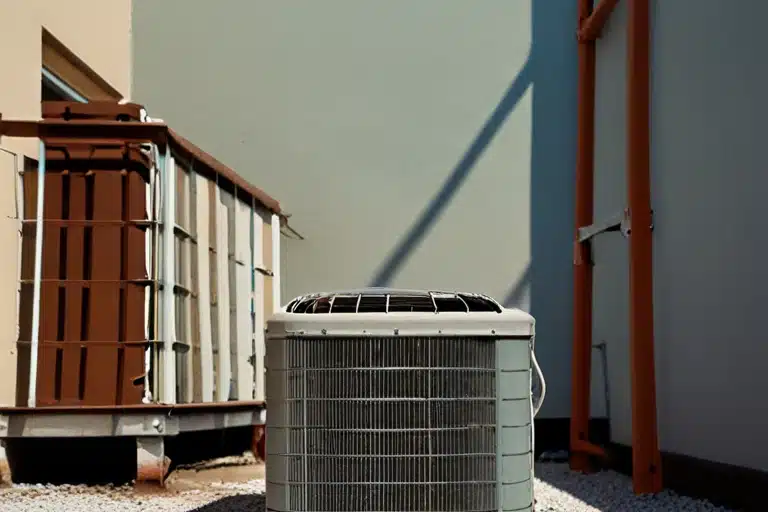
4. Inspect and Clean Ductwork Leaky ductwork can significantly reduce HVAC efficiency. Have your ducts professionally inspected and sealed if necessary.
Even small leaks and cracks in ducting can cause a substantial amount of conditioned air to be lost before ever reaching the intended living spaces. This forces your heating and cooling system to work harder and run longer cycles in an attempt to make up for that lost air volume. The result is higher energy bills and accelerated wear and tear on equipment components.
Built-up dirt, dust, and debris inside ductwork can also severely restrict airflow. This puts added strain on blowers and fans while allowing contaminants to be distributed through your home’s air supply. Coupled with leaks, this can cut HVAC capacity by 20% or more compared to a well-sealed and clean duct system.
I always recommend having your ductwork professionally inspected, at minimum when replacing an HVAC system. An experienced technician can identify and seal any leaks using specialized metallic tapes and sealants made for ductwork. They can also professionally clean out accumulated contamination when needed.
Don’t let hidden duct issues turn your HVAC investment into an inefficient money pit. Proper duct sealing and cleaning make a major difference in heating/cooling performance, indoor air quality, and energy savings over the equipment’s lifetime. It’s an essential part of HVAC maintenance that shouldn’t be overlooked.
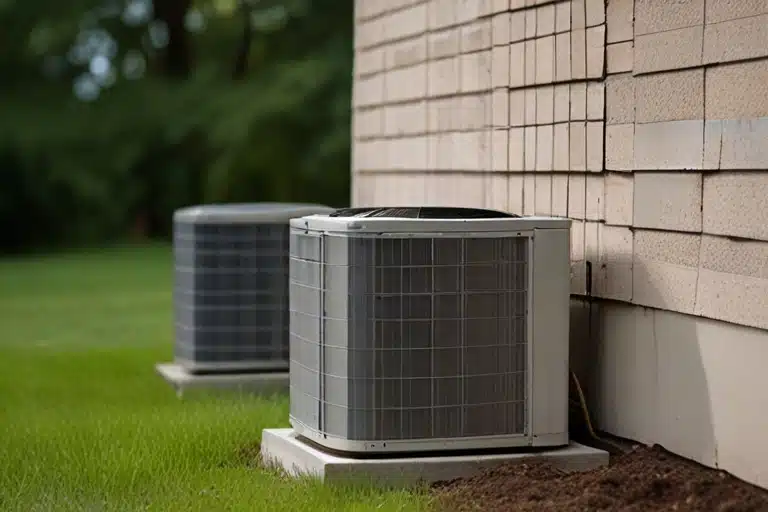
5. Use a Programmable Thermostat Programmable thermostats optimize your HVAC's performance by adjusting temperatures when you're away or asleep, reducing energy waste.
Many households make the mistake of keeping their thermostat set to one constant temperature 24/7, regardless of whether anyone is home or awake. This means your HVAC system is working just as hard cooling or heating an empty house as it does when people are present. It’s an incredibly wasteful and inefficient way to operate.
Programmable thermostats solve this issue by allowing you to set up a schedule that automatically adjusts temperatures during periods when your home is unoccupied or overnight while you sleep. For example, you can program the thermostat to raise the temp a few degrees in summer during work hours, then return to your preferred cool setting an hour before you get back. Likewise in winter, lowering the heat when no one’s around saves significant energy.
The key is finding the right balance and temperature setbacks that maximize savings without compromising comfort. As a rule of thumb, most experts recommend adjusting the temperature 7-10°F from your normal setting for at least 8 hours per day.
With programmable thermostat technology, making those efficiency-optimizing adjustments is easy and automated. No more wasting money by unnecessarily heating or cooling your home during long stretches of vacancy. Your HVAC system simply works smarter, not harder, which translates to lower energy bills and longer equipment life. It’s one of the most sensible upgrades I recommend.
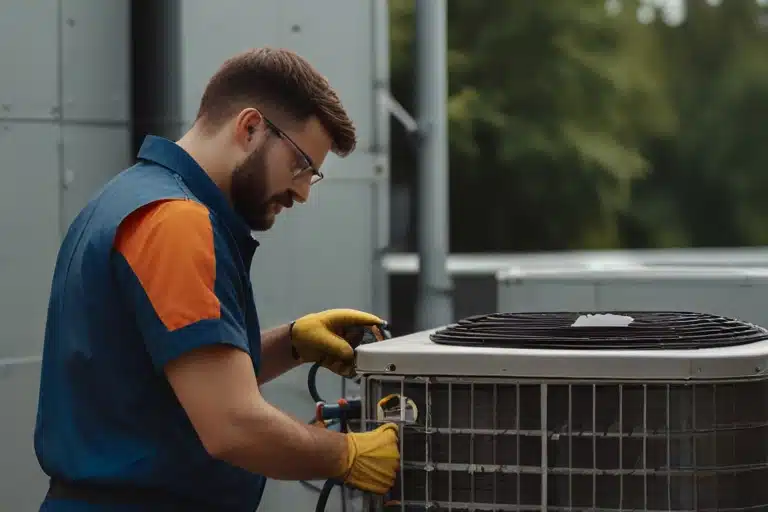
6. Optimize Thermostat Settings Avoid setting extreme temperatures that overwork your system. Aim for a maximum 8°F difference between indoor and outdoor temps.
As an experienced HVAC professional, I cannot stress enough the importance of optimizing your thermostat settings. Many homeowners make the mistake of setting their thermostats to extreme temperatures, thinking it will heat or cool their home faster. However, this approach is not only ineffective but can also put unnecessary strain on your HVAC system, leading to premature breakdowns and higher energy bills.
The key to achieving maximum efficiency and longevity from your HVAC system is to avoid drastic temperature differences between indoor and outdoor environments. Ideally, you should aim for a maximum of 8°F difference between the indoor and outdoor temperatures. Setting your thermostat beyond this range will force your system to work overtime, consuming more energy and putting excessive stress on critical components like the compressor and fans.
For example, during a sweltering summer day when outdoor temperatures reach 100°F, setting your thermostat below 72°F will cause your air conditioning unit to run almost continuously, struggling to maintain such a large temperature differential. This intense workload can lead to compressor failure, frozen coils, and other costly issues.
Similarly, in the winter months, setting your thermostat to an extremely high temperature, such as 80°F or above, will overwork your heating system, leading to excessive wear and tear on components like the heat exchanger and blower motor.
By maintaining a reasonable temperature difference of no more than 8°F, you’ll not only extend the lifespan of your HVAC system but also reduce your energy consumption and monthly utility bills. Remember, your system is designed to maintain a comfortable indoor environment, not work miracles against extreme temperature settings.
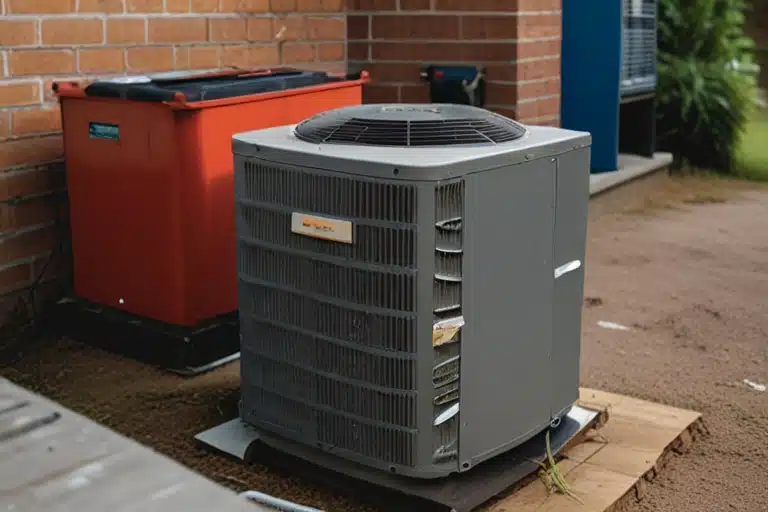
7. Monitor System Performance Listen for unusual noises, check for uneven cooling/heating, and have airflow checked if you notice performance issues.
As an HVAC professional with 10 years in the industry, I can’t emphasize enough the importance of monitoring your system’s performance. Too often, homeowners ignore early warning signs of potential issues, leading to more significant problems down the line. By staying vigilant and addressing any irregularities promptly, you can prevent minor issues from escalating into major breakdowns.
One of the first things to pay attention to is any unusual noises coming from your HVAC system. Grinding, squealing, or rattling sounds can indicate problems with the blower motor, bearings, or other mechanical components. Don’t dismiss these noises as harmless – they’re often the first indicators that something is amiss and requires professional attention.
Another telltale sign of potential issues is uneven cooling or heating throughout your home. If you notice certain rooms or areas that aren’t reaching the desired temperature while others are perfectly comfortable, it could be a sign of airflow problems, duct leaks, or issues with the system’s distribution.
Speaking of airflow, if you detect weak or insufficient airflow from your vents, it’s crucial to have it checked by a professional. Proper airflow is essential for efficient operation and maintaining comfortable temperatures. Restricted airflow can be caused by a variety of issues, including dirty air filters, duct obstructions, or problems with the blower motor or fan.
By staying attentive to your HVAC system’s performance and addressing any irregularities promptly, you can often catch and resolve minor problems before they escalate into more costly and disruptive repairs. Don’t ignore the warning signs – a little proactive maintenance can save you a lot of headaches and expenses down the road.
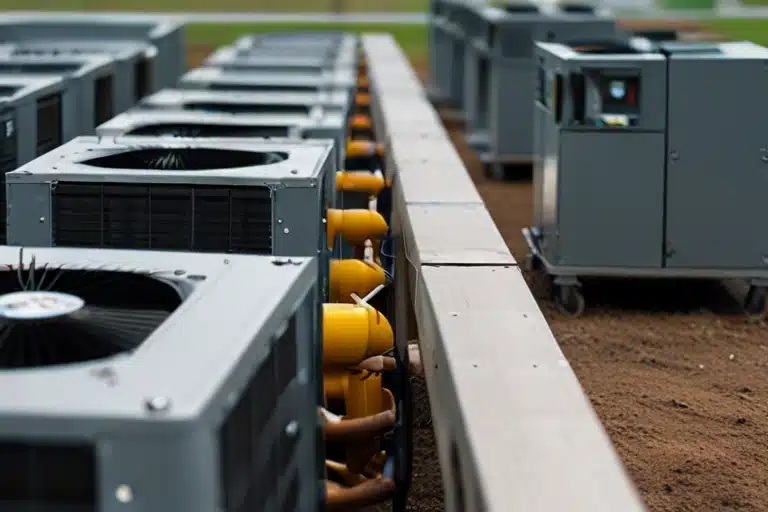
8. Schedule Preventative Repairs Don't ignore minor issues like capacitor replacements or refrigerant top-offs. Addressing them prevents escalation into major problems.
Take something as simple as a failing capacitor. This inexpensive component plays a crucial role in providing the initial surge of electricity to start up your condenser or furnace motor. When a capacitor begins to weaken, it can cause hard starting, overheating, and eventually complete motor burnout if left unchecked. What may have been a $20 capacitor replacement can escalate into a $500-1000 repair bill for a new motor or circuit board.
Similarly, low refrigerant levels due to a small leak may not seem like an urgent issue at first. But that slow leak allows more air and moisture into the system over time, leading to excessive wear, frozen coils, compressor failure, and potentially an entire system replacement down the line. A simple refrigerant top-off and leak sealant could have prevented thousands in repair costs.
These are just a couple examples, but the same principle applies to any minor HVAC issues you may notice – strange noises, cycling problems, poor airflow, etc. Ignoring the early warning signs and pushing off repairs never pays off. What seems insignificant today can rapidly snowball into a major headache tomorrow.
Do yourself a favor – if you notice anything out of the ordinary with your heating and cooling system, don’t hesitate to call a professional right away. Addressing small issues promptly through preventative repairs is exponentially cheaper and easier than dealing with the aftermath of letting problems fester. An ounce of prevention truly is worth a pound of cure when it comes to HVAC maintenance.
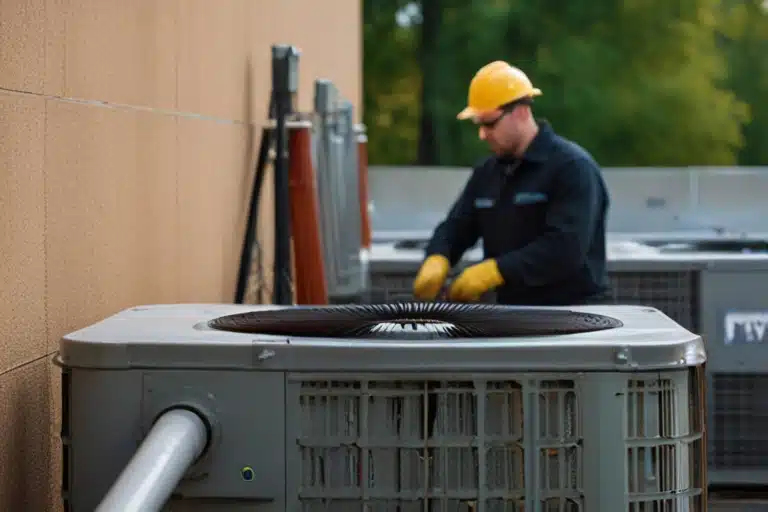
9. Replace Aging Systems If your HVAC is over 10-15 years old, start budgeting for a new, energy-efficient replacement to avoid chronic breakdowns.
The average lifespan of a well-maintained residential HVAC system is 10-15 years. Once your equipment passes that 10-year mark, you’re on borrowed time. Components will begin failing more frequently as internal parts simply wear out from a decade’s worth of continuous operation through hot summers and cold winters.
Repairing these chronic issues on an aging system quickly becomes the equivalent of throwing good money after bad. You may pay hundreds or thousands annually in service calls and replacement parts, only for another core component to fail months later. It’s an inefficient cycle driven by the inevitable deterioration that time inflicts.
Newer HVAC models also benefit from major efficiency improvements, often cutting energy costs by 25-50% compared to 10-15 year old systems. The upfront investment pays itself off through lower monthly utility bills. You’re also reducing your environmental impact with energy-saving technology.
As your system nears or surpasses its projected useful life, my advice is always to plan ahead and budget for a full system replacement. This allows you to be proactive about getting ahead of chronic breakdowns and rising utility costs. With proper professional installation, a new system will provide peace of mind and reliable heating/cooling for the next 10-15 year cycle before the process repeats.
Don’t wait until you’re left in an emergency situation with a system that has completely called it quits. Start budgeting and inquiring about replacement options once your HVAC equipment surpasses that 10-year mark. Extending the lifespan far beyond starts diminishing in value versus the benefits of an upgrade.
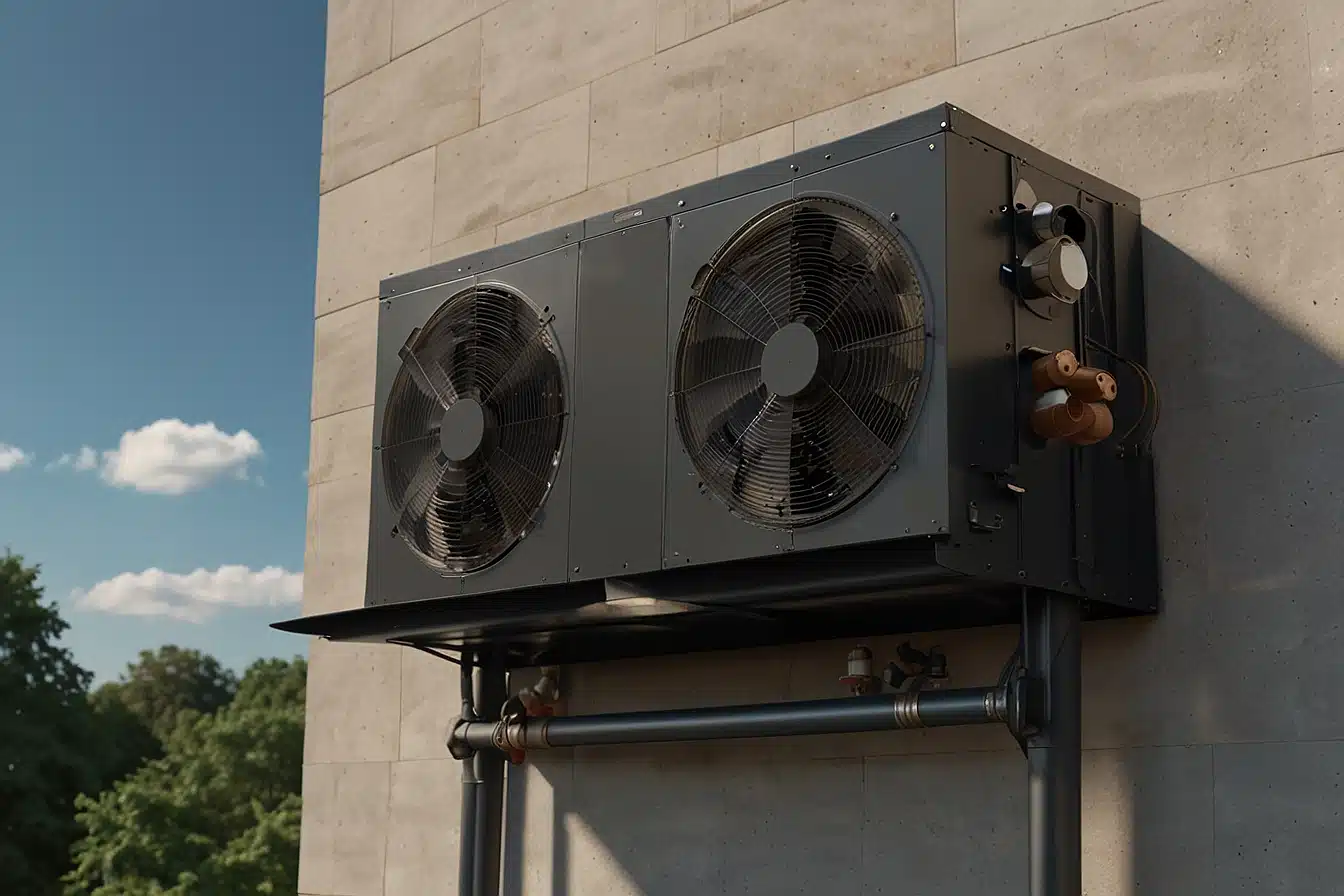
10. Consider HVAC Service Plans Many companies offer preventative maintenance plans that ensure tune-ups are never missed and include discounts on repairs.
As an HVAC professional with a decade of experience in the field, one recommendation I always make to homeowners is to strongly consider enrolling in a preventative maintenance plan offered by a reputable HVAC company. These service plans are designed to ensure your heating and cooling system receives the routine care it needs, while also providing added benefits and discounts.
First and foremost, a maintenance plan takes the guesswork out of when to schedule those critical biannual tune-ups. The company will automatically reach out ahead of the peak seasons to get your system thoroughly inspected and serviced. No more forgetting or procrastinating on this essential maintenance – it’s taken care of for you.
During these scheduled visits, experienced HVAC technicians will go through a comprehensive multi-point inspection. This includes cleaning components, checking refrigerant levels, tightening electrical connections, lubricating moving parts, and testing for proper operation. Catching any developing issues early can prevent bigger problems and expensive repairs down the road.
Additionally, most company service plans provide meaningful discounts, often 15-25% off the standard rates for any repair needs that do arise throughout the year. This can translate into hundreds of dollars in savings if your system does require diagnostic visits or part replacements.
Many plans also include priority scheduling benefits, ensuring you can get a technician out promptly when needed. No more waiting days or weeks for an available appointment in the company’s rotation.
While there is typically an annual fee for these preventative plans, the included services, repair discounts, and peace of mind more than make up for this reasonable investment. As an HVAC professional, I’ve seen firsthand how enrolling in these comprehensive maintenance plans helps extend the lifespan of systems while minimizing disruptions and overall costs. It’s an effective way to protect your HVAC equipment and home comfort.

HVAC professional with 10 years of experience at Tanana Air Conditioning & Heating in Las Vegas, NV
As an HVAC professional with 10 years of experience at Tanana Air Conditioning & Heating, I can confidently say that our team is dedicated to helping Las Vegas homeowners avoid the nightmare of HVAC breakdowns. With our comprehensive preventative maintenance solutions, you’ll not only maximize your investment but also ensure unparalleled indoor comfort year-round. Let me explain why choosing Tanana is the smart choice for your HVAC needs.
At Tanana, we understand that the scorching desert heat and occasional winter chill demand a robust, well-maintained HVAC system. That’s why our skilled technicians follow a rigorous 10-point checklist tailored specifically for the challenges of our local climate. From thorough inspections and precision tune-ups to meticulous cleaning and critical component replacements, we leave no stone unturned.
By partnering with Tanana for your HVAC preventative maintenance needs, you’ll enjoy numerous benefits that truly set us apart:
Hassle-Free Scheduling: Say goodbye to forgetting tune-ups. Our team will proactively reach out to schedule your biannual visits during the ideal pre-season periods.
Unmatched Expertise: With over a decade of experience servicing Las Vegas homes, our NATE-certified technicians have seen it all and know how to overcome any HVAC challenge.
Comprehensive Protection Plans: Enroll in one of our cost-effective maintenance plans to enjoy discounted repairs, priority service, and guaranteed peace of mind.
Genuine Customer Care: From our friendly office staff to our knowledgeable field technicians, you’ll experience a level of care and commitment unmatched in the industry.
Don’t leave the comfort of your home to chance. Avoid disruptive breakdowns and skyrocketing repair bills by letting the experts at Tanana Air Conditioning & Heating develop a customized preventative maintenance strategy for your HVAC system. Contact us today to schedule your initial assessment and experience the Tanana difference for yourself!)
WHY CHOOSE Tanana Air Conditioning & Heating?
Experienced Technicians
NATE-certified professionals with extensive knowledge of all major HVAC brands and models. Expert diagnostics and efficient repairs/installations, ensuring your system works optimally.
Comprehensive Services
Wide range of services, including AC repair, installation, maintenance, furnace services, heat pumps, thermostats, and indoor air quality solutions.One-stop shop for all your HVAC needs; no need to call multiple companies.
Emergency Service
Available around the clock for urgent AC and heating repairs. Peace of mind knowing you can get help anytime, even during extreme weather.
Upfront Pricing
Transparent pricing with no hidden fees or surprises. Know the cost of service before work begins, avoiding unexpected expenses.
Customer Satisfaction Guarantee
Committed to ensuring your complete satisfaction with their services. Confidence that the company stands behind their work and will address any concerns.
Local Expertise
Family-owned and operated, serving the Las Vegas Valley for over a decade. Understanding of the unique climate challenges in Las Vegas and tailored solutions.
Free Estimates & Financing
Offers free estimates on new installations and financing options to make HVAC services more affordable. Helps you budget and plan for your HVAC needs.
CONTACT INFORMATION
PHONE NUMBER:
(725) 289-4726
EMAIL:
tanana.vegas@gmail.com
info@tanana.vegas
HOURS OF OPERATION:
Mon — Sun 08:00 AM – 08:00 PM
ADDRESS:
6316 Vicuna Dr, Las Vegas, NV 89146
